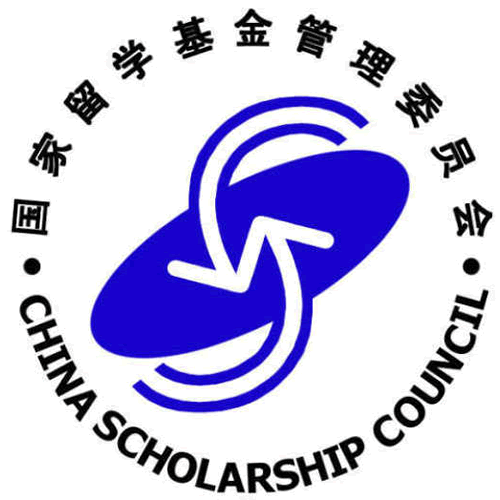PhD Research Studentships
Next-generation photoelectrodes for solar-powered sustainable fuels and chemical production with high efficiency and long-term stability.
| Supervisor: | Flurin EISNER |
| Apply by: | 29 January 2025 |
| Start in: | September (Semester 1) |
Description
Developing photoelectrodes for solar-powered sustainable fuels and chemical production using earth-abundant materials and unique in-situ measuring tools.
Sustainable fuels such as hydrogen are required to decarbonise industries that are difficult to electrify, including shipping and concrete and steel manufacture. However, current technology to produce sustainable fuels is costly and relies on the use of toxic and rare materials. A potentially revolutionary method to produce sustainable hydrogen is to use photoelectrochemical cells to, for example, split water into hydrogen and oxygen using sunlight.
Realising this technology requires major breakthroughs in sustainable materials and device design to enable photoelectrochemical cells with both high efficiency and long-term stability. In this exciting and cutting-edge research project, the student will address these challenges by:
· Using innovative device fabrication and engineering to combine the strengths a new generation of organic semiconductor light-absorbers and metal-oxide catalysts in photoelectrodes using sustainable fabrication methods such as solution-processing and low-temperature sputtering, building on a state-of-the-art organic semiconductor-based photoelectrodes developed in the group.1
· Optimising the performance and stability of photoanodes and photocathodes for solar driving splitting oxidation for sustainable hydrogen production, expanding their application to biomass oxidation and CO2 reduction for sustainable chemicals production.
· Using advanced characterisation methods to probe reaction and degradation pathways of photoelectrochemical cells, including using the recently developed and world-unique photoelectrochemical mass-spectrometry technique, in-situ spectroscopy,3, 4 and optical-electrical modelling5.
This multidisciplinary project spans materials chemistry, physics and engineering and will offer a unique opportunity to contribute to cutting-edge research in sustainable materials and photoelectrochemical cell development. The student will be trained on a wide range of lab facilities, including gloveboxes for device fabrication, numerous characterisation techniques and have access to a brand-new Green Energy Lab. You will be part of a growing research team, with strong opportunities to collaborate with other academic groups in the School of Material Sciences and Engineering, as well as with UK and international groups, and with Industrial Partners. Our PhD students have access to a wide range of training and development opportunities, advice on funding, and financial research support. Our students also have access to a Researcher Development Programme designed to help recognize and develop the skills and attributes needed to manage research and to prepare and plan for the next stages of their career.
If you are interested in applying, please don’t hesitate to contact me to discuss a potential application informally (see below).
References
(1) Daboczi, Eisner et al. Bulk Heterojunction Organic Photoanodes for Enhanced Water Oxidation and Unassisted Solar Water Splitting. Nature Energy, Just Accepted Manuscript, Pre-print available at https://chemrxiv.org/engage/chemrxiv/article-details/666886ec409abc03452b25c8
(3) Royakkers, Eisner, et al. Synthesis of model heterojunction interfaces reveals molecular-configuration-dependent photoinduced charge transfer. Nature Chemistry 2024, 16 (9), 1453-1461. DOI: 10.1038/s41557-024-01578-x.
(4) Müller, Eisner, et al., Charge-Transfer State Dissociation Efficiency Can Limit Free Charge Generation in Low-Offset Organic Solar Cells. ACS Energy Letters 2023, 8 (8), 3387-3397. DOI: 10.1021/acsenergylett.3c00943
(5) Eisner et al., . Color-tunable hybrid heterojunctions as semi-transparent photovoltaic windows for photoelectrochemical water splitting. Cell Reports Physical Science 2021, 2 (12), 100676. DOI: https://doi.org/10.1016/j.xcrp.2021.100676.

Funding
Funded by: China Scholarship CouncilCandidate will need to secure a CSC scholarship.
Under the scheme, Queen Mary will provide scholarships to cover all tuition fees, whilst the CSC will provide living expenses and one return flight ticket to successful applicants.
Eligibility
- The minimum requirement for this studentship opportunity is a good honours degree (minimum 2(i) honours or equivalent) or MSc/MRes in a relevant discipline.
- If English is not your first language, you will require a valid English certificate equivalent to IELTS 6.5+ overall with a minimum score of minimum score of 6.0 in each of Writing, Listening, Reading and Speaking).
- Candidates are expected to start in September (Semester 1).
Contact
For informal enquiries about this opportunity, please contact Flurin EISNER.
Apply
Start an application for this studentship and for entry onto the PhD Materials Science full-time programme (Semester 1 / September start):
Please be sure to quote the reference "SEMS-PHD-612" to associate your application with this studentship opportunity.
| SEMS Research Centre: | ||
| Keywords: | Applied Chemistry, Physical Chemistry, Nanotechnology, Polymers, Chemical Physics, Semiconductors |

